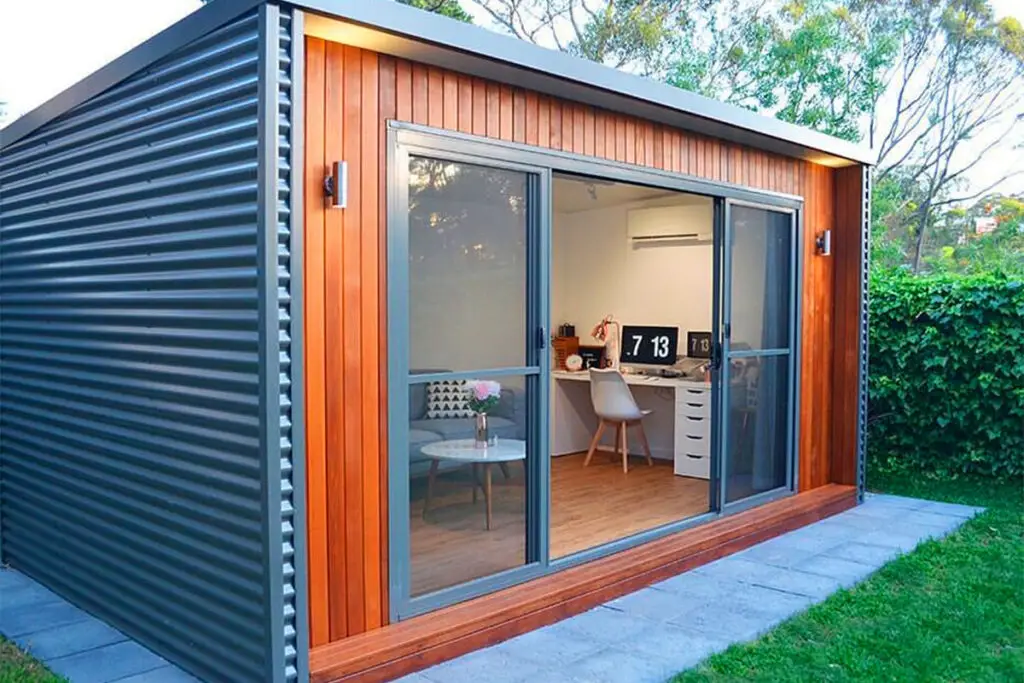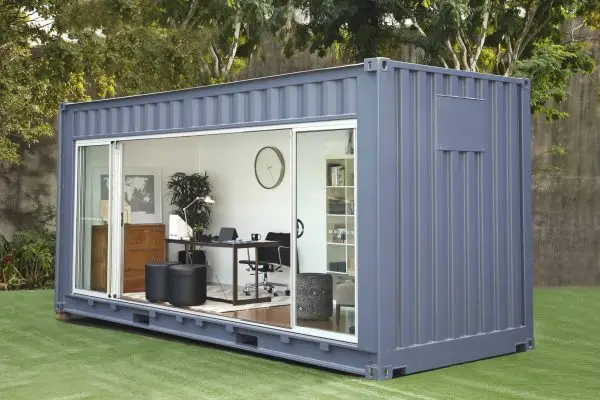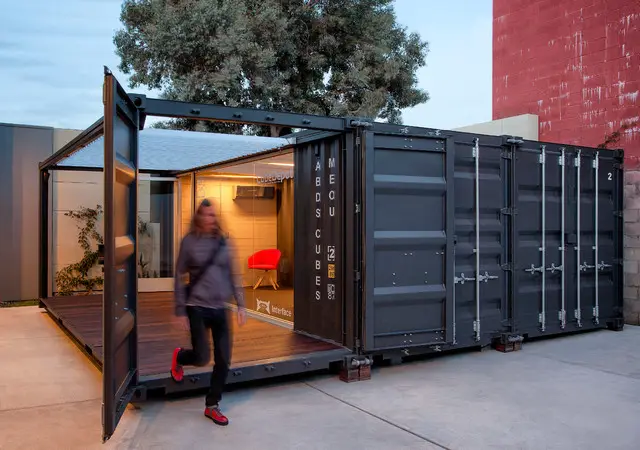Ever wondered if you could turn an old shipping container into a modern, functional mobile office?
Transforming a shipping container into a mobile office is an innovative, cost-effective solution that is rapidly gaining popularity across various industries. This guide walks you through the process, from selecting the right container to customizing and furnishing your new workspace. With proper planning, you can create a space that is not only functional but also stylish and sustainable, offering flexibility, mobility, and an environmentally friendly option for your business needs.

In a world where flexibility and mobility are key, converting shipping containers into mobile offices offers a unique solution for businesses and entrepreneurs. These steel giants, originally designed to withstand the rigours of sea travel, are now being repurposed into innovative workspaces. The concept is simple: take a standard shipping container and transform it into a fully functional office. But the process requires careful planning, the right materials, and a bit of creativity.
Whether you’re a startup looking for a cost-effective office or a company needing a temporary workspace, a shipping container office can be an excellent choice. Not only is it cheaper than traditional construction, but it’s also highly customizable and can be relocated as needed. This guide will take you through the essential steps of converting a shipping container into a mobile office, ensuring that your new workspace is both practical and comfortable.
1. Choosing the Right Shipping Container
The first step in converting a shipping container into an office is selecting the right container. Containers typically come in 20-foot and 40-foot sizes, depending on your space needs. When choosing, consider factors like the container’s condition (new, used, or “one-trip”), the material (preferably COR-TEN steel for rust resistance), and whether it meets industry standards.
Section 2: Planning the Layout
Planning the Layout
Before you start cutting into your container, plan the layout meticulously. Decide where the windows and doors will go, and consider the flow of the workspace. Think about insulation—essential for temperature control—and plan for electrical and plumbing installations if needed. The layout should optimize space while ensuring comfort and functionality.
UK Planning Law Considerations
In the UK, converting a shipping container into a mobile office may require you to navigate certain planning laws and building regulations. While smaller containers (typically under 200 square feet) might not need planning permission, especially if they are not connected to utilities or are not permanent structures, it’s crucial to check with your local planning authority. If your container office includes electrical wiring, plumbing, or if it will be used on a long-term basis, you will likely need to apply for planning permission. Additionally, if your site is within a conservation area, or if the container is placed on residential land, the regulations could be more stringent. Always ensure your container office complies with the Building Regulations 2010, which cover everything from structural safety to energy efficiency and accessibility.
By factoring these legal considerations into your planning stage, you can avoid potential fines or the need to make costly modifications later on.
3. Structural Modifications
Structural modifications include cutting out spaces for windows and doors and reinforcing the container as necessary. Insulation is crucial, with options like spray foam or panel insulation providing both thermal and moisture protection. Depending on your location, you might also need to add a foundation to prevent the container from shifting or sinking over time.

4. Installing Utilities
Next, install the utilities. Electrical wiring, plumbing, and internet connectivity are essential for a fully functional office. You might need a professional to handle these installations to ensure safety and compliance with local regulations.
5. Interior Design and Furnishings
The interior design of your container office can be as minimalistic or as luxurious as you like. Opt for durable materials that complement the industrial vibe, such as reclaimed wood or bamboo flooring. Natural light should be maximized with large windows, and LED lighting can be installed for energy efficiency. Furnish the office with ergonomic furniture to ensure comfort during long working hours.
6. Exterior Finishing
The exterior of your container should be both protective and aesthetically pleasing. Use rust-resistant paints and consider adding a pitched or green roof. This not only adds an extra layer of insulation but also enhances the visual appeal of your office.
7. Legal and Safety Considerations
Before placing your container, ensure you comply with local zoning laws and building codes. You may need permits for electricity, plumbing, or the structure itself, depending on your area. Additionally, ensure your office meets safety standards, including fire safety measures and structural integrity.
8. Costs and Budgeting
Budgeting is crucial when converting a shipping container into an office. Costs can range from the price of the container itself (between £1,000 to £4,000 for used containers) to modifications, utilities, and furnishings. Maintenance costs should also be factored in, especially for rust prevention and insulation upkeep.
Converting a shipping container into a mobile office is a practical and creative solution for modern businesses. It offers flexibility, cost savings, and environmental benefits, making it an attractive option for many. With careful planning, the right materials, and attention to detail, you can create a workspace that is not only functional but also unique and reflective of your business ethos.
“Shipping containers are not just for shipping anymore—they are the future of flexible, mobile workspaces.”
Ready to transform your workspace? Start planning your shipping container office today and take your business to new heights!









